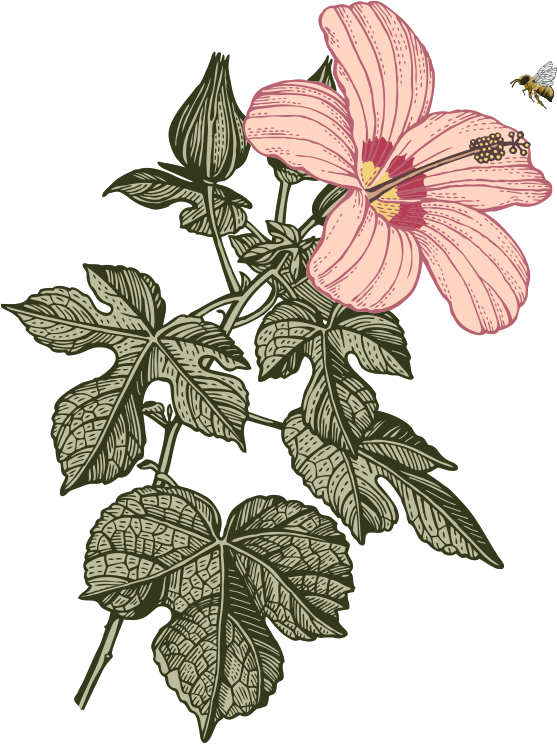Honey is known as a natural sweetener that has been used for thousands of years. It is made by bees from the nectar they collect from flowers and comes in a variety of colours and flavours depending on the type of flower. You may have heard of Manuka honey, a type of honey that has become increasingly popular in recent years. But what sets Manuka honey apart from “regular” honey, and why is it more expensive?
What is Manuka honey?
Let’s start with what is Manuka honey. Manuka honey is a type of honey that comes from the nectar of the Manuka tree, which is native to Australia and New Zealand. It has gained popularity in recent years due to its unique properties, including its high concentrations of methylglyoxal (MGO), a compound that has antibacterial properties. Manuka honey is medically also known to have anti-inflammatory and antioxidant properties.
What sets Manuka honey apart from regular honey?
One of the main differences between Manuka honey and regular honey is its MGO content. While regular honey contains some MGO, Manuka honey can contain significantly higher amounts. This is due to the antibacterial properties of the Manuka tree, which are believed to be responsible for the high levels of MGO in the honey.
Another factor that sets Manuka honey apart is its grading system. Manuka honey is graded using a Unique Manuka Factor (UMF) rating, which is based on the concentration of MGO and other compounds in the honey. A higher UMF rating indicates a higher concentration of beneficial compounds. This means, Manuka is also a regulated honey due to its medical benefits.
Why is Manuka honey more expensive?
Manuka honey is more expensive than regular honey due to several factors. Firstly, the Manuka tree only grows in certain regions of New Zealand and Australia, making it less abundant than other types of honey. Additionally, the production process for Manuka honey is more labour-intensive, requiring specialized equipment to extract the honey from the comb. Not to mention, the lab testing and the UMF grading to ensure every bottle of Manuka honey is tested to its grade. Finally, the unique properties of Manuka honey make it a sought-after commodity, driving up the price.
How to use Manuka honey?
Manuka honey can be used in many of the same ways as regular honey, such as a natural sweetener for tea, oatmeal, or yogurt. However, it can also be used topically for its antibacterial and anti-inflammatory properties. It is commonly used as an ingredient in face masks, creams, and other skincare products, as well as in wound dressings.
In conclusion, while Manuka honey and regular honey come from the same source, they differ in their unique properties and grading system. Manuka honey is more expensive due to its limited availability and production process, but its concentrated antioxidants make it a popular choice for both its sweet taste and medicinal properties. Whether you’re using it to sweeten your tea or to soothe a wound, Manuka honey can be a versatile and valuable addition to your pantry or medicine cabinet.


